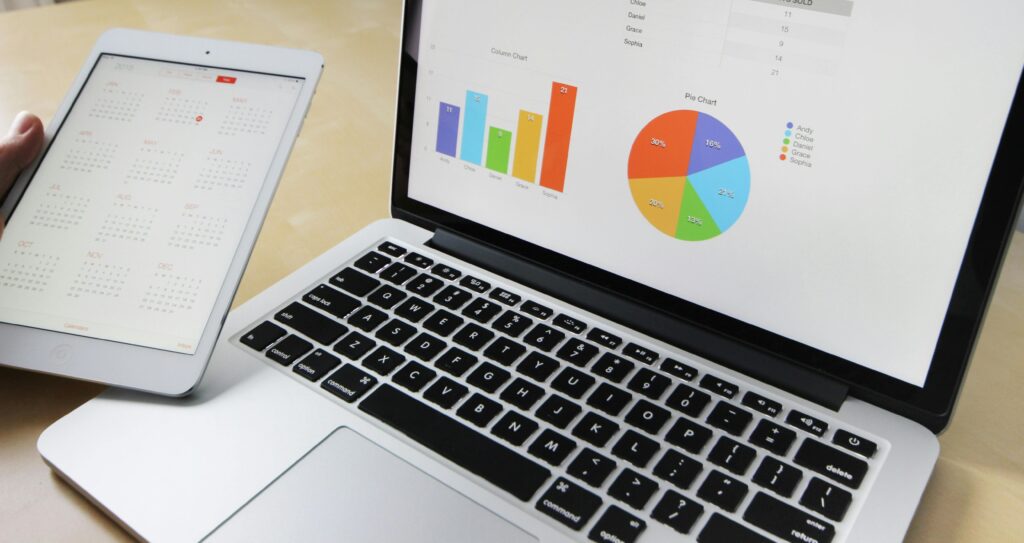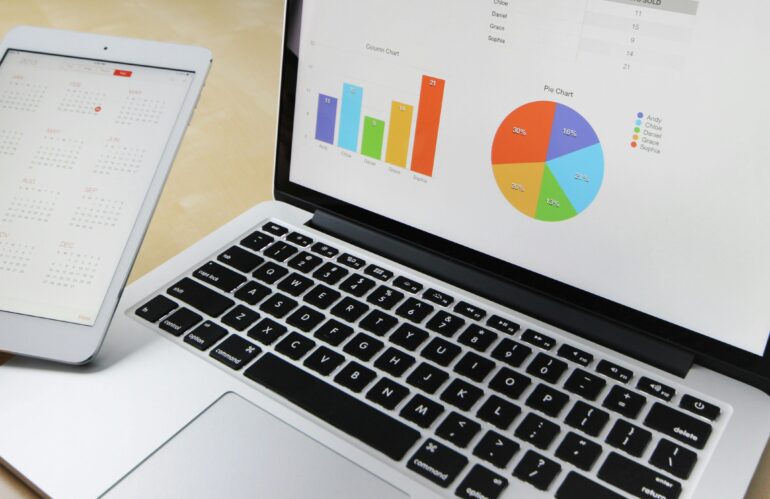
Universities are increasingly relying on data-driven insights to enhance the quality of instruction and improve student outcomes. One critical component of this data ecosystem is course evaluation software. However, not all software solutions are created equal. A key feature that distinguishes leading platforms is the ability to provide historical reporting. Despite its importance, many top vendors overlook this capability, leaving a gap that platforms like SmartEvals adeptly fill.
What is Historical Reporting?
Historical reporting in the context of course evaluation software refers to the ability to track, analyze, and compare data across multiple semesters or academic years. This feature allows universities to:
- Identify Long-term Trends: By examining patterns over time, institutions can pinpoint persistent issues or areas of improvement in teaching methods, course content, and student engagement.
- Measure Progress: Historical data provides a baseline to measure the impact of implemented changes, helping to assess whether new teaching strategies or curriculum adjustments are effective.
- Make Data-Driven Decisions: Administrators and faculty can use historical insights to make informed decisions about resource allocation, professional development, and strategic planning.
The Benefits of Historical Reporting
- Enhanced Insight into Teaching Effectiveness: Continuous tracking of evaluation data enables universities to assess the effectiveness of individual instructors over time. This can be instrumental in tenure and promotion decisions, as well as identifying needs for professional development.
- Improved Course Design: Historical data can highlight which courses consistently receive positive or negative feedback, guiding curriculum developers in making necessary adjustments to course content, structure, or delivery methods.
- Student Success: By understanding long-term trends in student feedback, universities can implement targeted interventions to support student learning and retention.
- Transparency and Accountability: Historical reporting promotes transparency by providing a clear record of how teaching quality has evolved. This can enhance accountability among faculty and build trust with students and stakeholders.
The Gap in the Market
Despite these advantages, many top course evaluation software vendors fall short in offering robust historical reporting capabilities. This oversight can hinder a university’s ability to fully leverage their evaluation data. Without historical context, the data from a single semester may be seen in isolation, providing a limited view of the educational environment.
SmartEvals stands out in the market by providing comprehensive historical reporting features. With SmartEvals, universities can:
- Access Rich Historical Data: SmartEvals allows institutions to access and analyze data across multiple years or semesters, providing a deeper understanding of teaching and learning dynamics.
- Generate Custom Reports: The platform offers customizable reporting options, enabling users to tailor reports to specific needs, whether for departmental reviews, accreditation processes, or strategic planning.
- Visualize Trends: SmartEvals provides intuitive data visualizations that make it easy to identify trends and patterns at a glance, facilitating quicker and more effective decision-making.
In today’s data-driven educational landscape, historical reporting is not just a luxury but a necessity. It empowers universities to make informed decisions, foster continuous improvement, and ultimately enhance the quality of education they provide. While many vendors may overlook this crucial feature, SmartEvals leads the way in ensuring that institutions have the tools they need to leverage the full power of their evaluation data. By choosing SmartEvals, universities can look back to move forward, ensuring a brighter future for their students and faculty alike.

